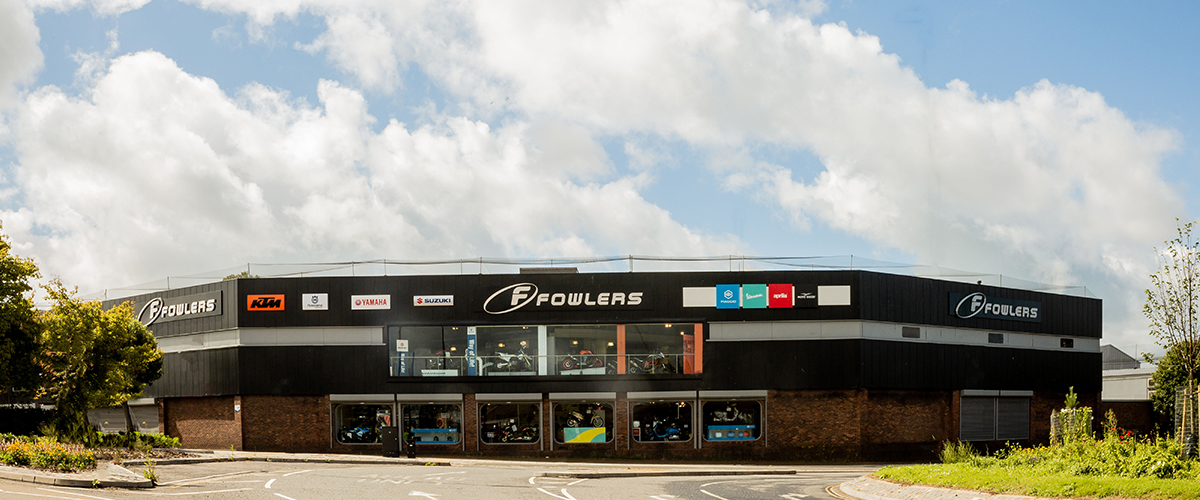This winter, perhaps more than any other, our motorbikes have been left standing for extended periods – the Covid-19 restrictions putting paid to all but the most necessary rides. It’s more important than ever to make sure everything is tip-top before heading out again in the spring – providing we’re permitted. Here’s what you should be looking at before your first ride:
The once-over
The first job is to whip off the cover, take out plugs/rags from exhausts and air intakes – and give your bike a good inspection. You’ll need plenty of room to walk around it and light to see it with, so wheel it outside if necessary. You should be checking for any leaks anywhere there’s fluid; looking for loose fasteners and bodywork – things like rear view-mirrors; and make sure nothing has been damaged during storage.
Wheels and tyres
Next, check your tyres for flat spots and deformities – this can happen if it’s been static for long periods without being propped on paddock stands – and look for any cracking on the sidewalls. While you’re at it, make sure the wheels spin freely and true, and if they’re spoked, check the tension. Finally, check the tyre pressures and top up if needed – a Valve Extender makes this really easy and is well worth investing in.
Take control
Make sure the throttle twist grip, clutch and brake levers/pedal are operating as they should. Examine all cables and hydraulic hoses for splits, cracks or kinks and make sure they’re all still routed correctly and fixed in any guides/brackets. Also make sure that cables are properly lubricated – one of these handy Cable Lubricating Tools makes the job super easy.

Brakes can break
Over time, brake calipers can seize and the fluid can absorb moisture. First check visually, then check their operation at walking pace – pushing the bike, not riding it. If the brakes feel spongey, the system might need ‘bleeding’ to replace the brake fluid and remove any air pockets.
Final drive
While you’re down at the rear wheel, check the drive chain is adjusted properly and look for any tight links. Have a good look at both the front and rear sprocket for wear. If you didn’t do it before lay-up, thoroughly clean the chain and treat it to some good quality chain lube.

Suspension and steering
Although you may not have picked up any issues in your initial visual inspection, it’s worth paying particular attention to suspension. Check the front fork action is smooth (by pumping them) and that there’s no leak through seals. Do the same with your rear shock(s) by pumping the rear end. Head bearings are also worth a quick check: turn the bars lock to lock, making sure there are no noises or notchy spots. Check for steering head adjustment by grabbing the fork bottoms and pulling them towards you; if there’s any movement or clunking from the steering head it’ll need to be adjusted/tightened.
Oil and water
If your bike’s liquid-cooled, check the coolant level. Give the hoses a good once over too, again looking for leaks, cracks/perishing. Also check the engine oil. If you changed it before winter you’re probably okay, if not it’s a good idea to change it for a good quality motorcycle engine oil, as it may have become contaminated with water.
Fuel
Ideally you’ll have put some fuel additive or stabiliser in the tank before laying the bike up. As a rule, untreated fuel should be safe to use for up to six months. If left for longer, have it professionally checked, because it might need draining and refilling with fresh fuel.
Battery
Next, check the battery. Ideally this would have been kept charged up with something like an intelligent charger over winter. If not, it may need topping up. Make sure the terminals are clean, corrosion free and greased; if it’s a lead-acid, that the electrolyte level is where it should be; and that there are no leaks from or damage to the casing.
The start up
By now you should be ready to start your bike. Either way, when it does fire-up, give the engine a chance to warm up properly on idle and don’t be heavy handed with the throttle. And do it outside, so you don’t fill your garage with fumes!

Lights
While the engine is warming up, check your head and tail lights, indicators, brake lights, horn and all instruments for correct operation. If you’ve got one, it’s also worth popping a multimeter on the battery to make sure the alternator is working properly too.
The first ride
Don’t make your first ride a 100-mile trek into the middle of nowhere. Your inital outing should be a short, low-speed ride around the block, to make sure everything is right and working as it should. It also helps you to familiarise yourself with being out on the road again.
And finally … don’t bite off more than you can chew. Some jobs are best left to the professionals. You can contact the Servicing Dept at Fowlers of Bristol here


